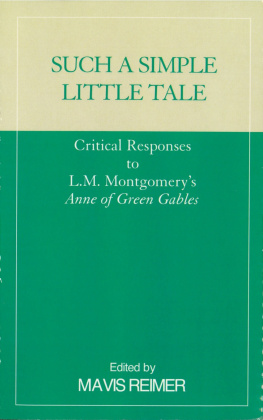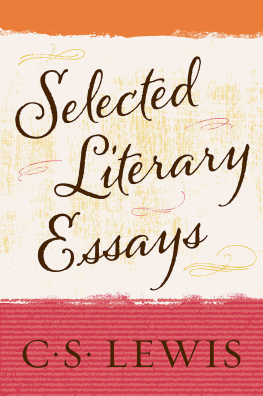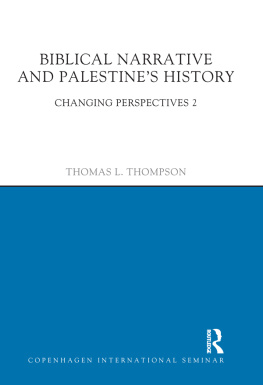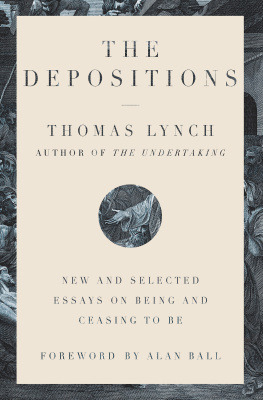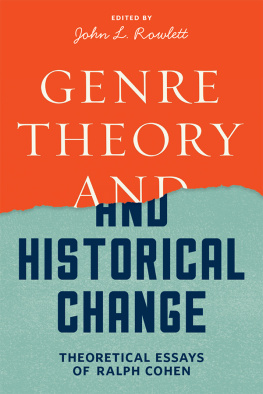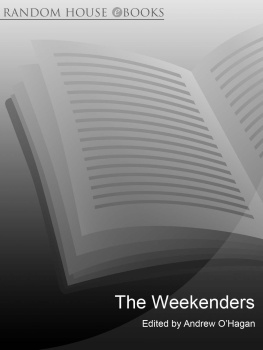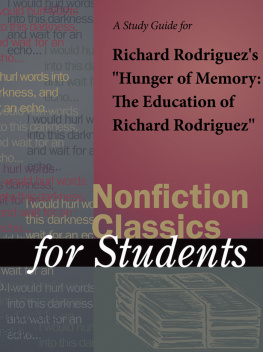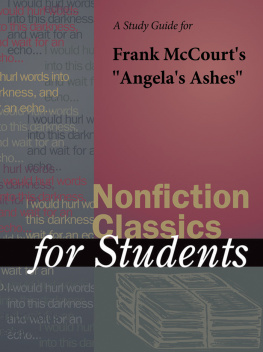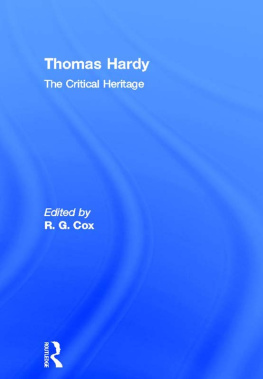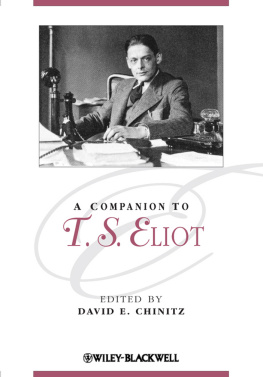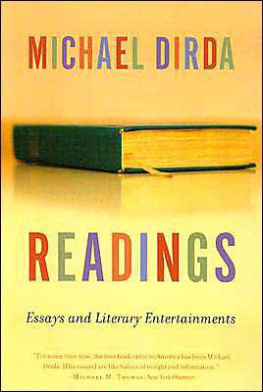PREFACE.
Table of Contents
F our of the five essays which make up this volume have appeared during the past few years in the American Catholic Quarterly Review and the Champlain Educator . The author begs to acknowledge particularly his indebtedness to Dr. S. E. Dawsons admirable work on Tennysons The Princess, in the preparation of his study of that poem. Indeed, without Dr. Dawsons fine analysis of the poem the first essay in this volume could never have been written.
The paper on The Italian Renaissance and the Popes of Avignon was prepared while the writer was sojourning at Louvain University, Belgium, in the autumn of 1903, and at Grenoble University, France, during the summer of 1904. It may be well to add that the libraries of both these ancient and renowned seats of learning are very rich in works relating to medieval history and literature, and afforded the author unusual opportunity in the preparation of the essay.
In the writing of the essay on Poetry and History Teaching Falsehood, the author has been motived by a desire to set forth in the clearest light possible the misrepresentation of Catholic truth which obtains in much of the history and poetry of our day.
The third essay in the volume, The Study and Interpretation of Literature, is based by the author upon ideals gained in post-graduate courses pursued in this subject at several of the leading American universities, as well as upon a practical knowledge in the teaching of literature obtained in the High Schools of Ontario.
The paper on The Degradation of Scholarship has never before appeared in print. Let the reader, divested of every predilection and bias, examine it carefully, remembering that the courage to state the truth is a more valuable asset of character than the gift of bestowing false praise, though that praise should secure friends.
T. OH.
Toronto, Canada, March, 1909.
A STUDY OF TENNYSONS
PRINCESS
A STUDY OF TENNYSONS PRINCESS.
Table of Contents
F ew poems written within the Victorian era of English literature have been so singularly underrated and misunderstood as Tennysons Princess. At its very birthas if it had been born under an unfavorable starit encountered the adverse breath of criticism; and even now, after nearly fifty years have rectified many a past error of judgment in literary matters, this, the first long and sustained poem of the late Poet Laureate, receives but grudging recognition and commendation in a general review and study of the authors works. We think it was a little unfortunate that its second title, A Medley, was tacked to it when the poem first appeared, for it gave some of the critics who had neither the gifts nor disposition to study it aright a pretext, and, in some measure, justification, for the violent onslaughts which they from time to time made upon it.
In the light of the progressive views held to-day of the higher education of woman, this poem may be regarded as a prophecy voicing the advent of a broader, rounder and deeper culture for the race upon a plane of civilization in which woman as a primal factor and true complement of man shall unfold her being in a ceaseless striving for truth, beauty and love. The attainment of this higher condition of life will not, however, be hastened by isolated Idas walled within colleges of their own pride and sex, and vainly and foolishly waging war upon their own brothers; and every movement which starts out with the purpose of setting up woman as a rival of man in achievement, is not only a detriment to the cause of human progress, in which man and woman alike are shareholders, but the end thereof must be abasement and defeat.
The Princess appeared first in print in 1847, at a time, by the way, when the surface thought of England was largely given up to corn-laws and free-trade; and this may account, in some measure, for the coldness of the reception accorded it, as the English are a people who have proverbially little time or thought for bainting and boetry when a commercial or economic question is on the boards. The poem is a medley in form, but not in essence, as it possesses the real and deep-seated unity which all art demandsthat of a consistent purpose and a pervading harmony of tone. The medley consists in the poem being serio-comic, constructed of ancient and modern materialsa show, as Edmund Clarence Stedman says, of medieval pomp and movement observed through an atmosphere of latter-day thought and emotion. It is such a mixture as we find in Shakespeares Winters Tale, and, indeed, in the prologue the name of that drama is introduced as if to justify by precedent the incongruities of the narrative.
We think, however, that the critics have made too much out of the improbability of the incidents in the poem. Surely to be consistent such critics should extend their reproach to The Tempest and Midsummer Nights Dream. To us the impossible elements and anachronisms render the poem more attractive. In estimating a poem we must always take for granted the conditions assumed by the poet, and these being assumed, we have only to inquire whether the poem possesses unity, congruity and a definite and worthy object. There are, however, two things we have a right to demand: that the characters are congruous with themselves, and that the treatment of the incidents is poetic. But as far as art is concerned, we should not lose our literary tempers or prepare to let fall the axe of condemnation merely because some idealized scene in a poem or drama does not harmonize in every particular with our own workaday world. We mention this fact because in all fairness we consider that this poem, The Princess, should be judged and appraised according to some canons and rules that apply to similar works of imagination and fancy.
The prologue and epilogue form the setting of the poem, and it would be difficult to find in all English literature a more truly natural and graceful picture than the scene from English life of to-day which the poet paints for us in the opening lines of the poem. The place is the South of England. The occasion a festival upon the grounds of a wealthy baronet. Sir Walter Vivian has thrown open his grounds for a summers day, and the people of the neighboring town, and especially the members of its scientific institute, throng the park and give themselves up to recreation and pleasure. A party of young collegians on vacation, in company with some of the wellborn and cultured girls of the Hall and the neighboring country seats, have made a select picnic of their own in a ruined abbey. The baronets son, young Walter Vivian, is of the company. One of the collegians, a dreamy youththe poet himselfhas been looking through the library and has come across a book telling of knightly deeds of the medieval ancestors of the stately Hall. Taking the book with him, he joins the party, keeping his finger on the place where is told the story of a fearless dame of the house, who, in defending her castle against a lawless king, had armed
Her own fair head, and sallying thro the gate
Had beat her foes with slaughter from her walls.
O miracle of women, said the book;
O noble heart who, being strait besieged
By this wild king to force her to his wish,
Nor bent nor broke nor shunned a soldiers death.



